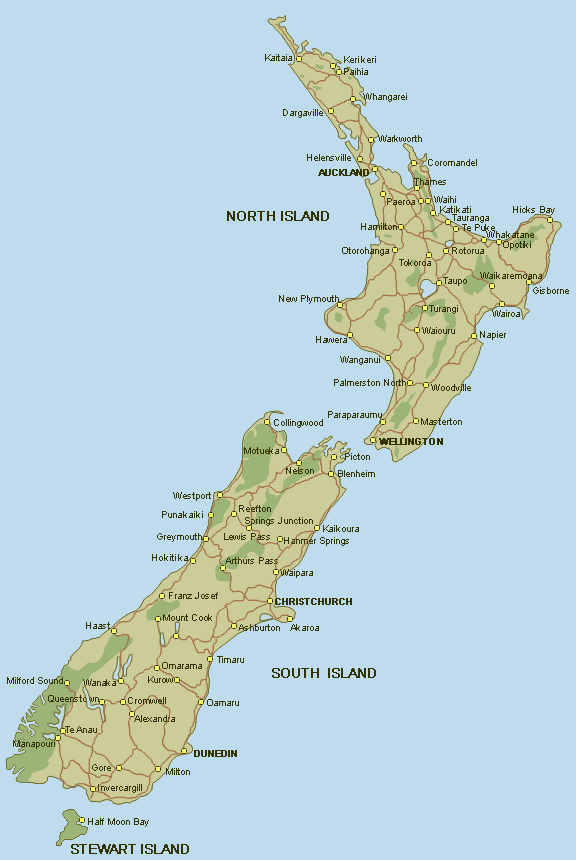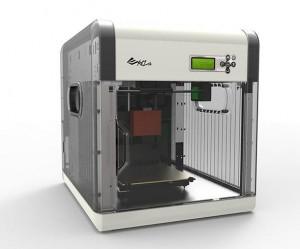 Seafaring nation, New Zealand, has relied on its thriving marine industry to keep the country’s economy afloat. These days, however, competition is fierce. Countries like Sri Lanka, Bangladesh, and China, can significantly undercut New Zealand’s industry where labor is concerned. The more than ten thousand people employed in the marine industry in New Zealand help generate over $2.2 billion in annual sales, so whenever a new technology allows the country to maintain its competitive edge, you can be sure it will seize the opportunity.
Seafaring nation, New Zealand, has relied on its thriving marine industry to keep the country’s economy afloat. These days, however, competition is fierce. Countries like Sri Lanka, Bangladesh, and China, can significantly undercut New Zealand’s industry where labor is concerned. The more than ten thousand people employed in the marine industry in New Zealand help generate over $2.2 billion in annual sales, so whenever a new technology allows the country to maintain its competitive edge, you can be sure it will seize the opportunity.
3D printing is one such major opportunity of which New Zealand is availing itself. In days past, boat builders and manufacturers of marine components relied on traditional approaches to model building. How to meet a customers needs or develop a new line of boats without becoming mired in the design, modeling, approval and final manufacturing process? Time consuming layouts of, for instance, “experimental deck layouts” or the refining of unique parts, cost money and delay sales. With the ability to generate 3D models out of an inexpensive material like filament, New Zealand companies save untold amounts of money and hours of labor.
According to Paul Francois with Comworth Technologies, an Auckland-based company that boasts of having “provided specialist print, imaging and rugged technology distribution into the New Zealand market since 1983,” 3D printing is just the technological revolution the marine industry needs, and the beauty of it is the relatively negligible expense.
Rather than simply asking a customer–let’s say, a subcontractor or a boat builder–to look at a “3D onscreen drawing” and use his or her imagination, a company can present the design and very quickly follow it up with a 3D-printed model. Comworth recommends the XYZ Printing Da Vinci, a budget-friendly 3D printer that “retails for around $900 and can produce models of up to 20 cubic centimeters.” Plus, the printer is very user friendly, so anyone with a basic level of skill  using CAD can operate the Da Vinci. Francois says, in praise of the efficiency and ease of operation of the Da Vinci, “This is a plug-and-play device and even changing the 600 gram consumable is as simple as changing a toner cartridge.”
using CAD can operate the Da Vinci. Francois says, in praise of the efficiency and ease of operation of the Da Vinci, “This is a plug-and-play device and even changing the 600 gram consumable is as simple as changing a toner cartridge.”
Angus Small, one of Comworth’s customers, is using a 3D Printer as well. He reports, “A low-cost 3D printer reduces the time and cost required to build models of objects using wood–and in this industry, there are a lot of small items and components which can be prototyped before handing them over to the stainless steel or composite fabricators.” The prototype makes the sales for Small, in many regards. Knowing that generating one is not going to be financially prohibitive has given the boat builder a distinct advantage with respect to the overall market and to his own bottom line. “When the cost of producing a model is a just $900 device with inexpensive consumables, I think you’ll find a lot more prototyping going on, Small notes.
Another positive in this regard is that manufacturers can test component designs before committing to production: print a cheap model of a part and determine whether or not it will work with preexisting parts. It’s an excellent way to remain on the innovation side of the industry, to up production and stay competitive. Protecting new designs from being copied right out of the gate is another boon, says Small. “Typically, good designs are copied by outsiders within a year or less, so if you can accelerate the time from initial design to production, you’re on to win.”
This is only one area of manufacturing which is changing. 3D printing will continue to have an expanding reach throughout almost every industry imaginable.
Subscribe to Our Email Newsletter
Stay up-to-date on all the latest news from the 3D printing industry and receive information and offers from third party vendors.
You May Also Like
3D Printing Financials: Steakholder Foods Balances Losses and 3D Printed Tech Advances in 2023
A pioneer in the field of 3D printed meat and fish, Steakholder Foods (Nasdaq: STKH) disclosed its 2023 financial results, a year highlighted by technological progress but overshadowed by financial...
3D Printing Financials: Protolabs’ Q1 3D Printing Revenue is Flat, Company Advances in Technology Push
Protolabs (NYSE: PRLB) has kicked off 2024 with a mild boost in revenue, revealing how the Minnesota-based company manages to adapt and thrive even in uncertain market conditions. While the...
Supply Chain Management and the Role of 3D Printing Digital Inventories
As the additive manufacturing (AM) industry grows beyond its humble roots as a rapid prototyping technology, it has been adopted by some of the world’s leading companies to produce not...
3D Printing Financials: Materialise’s Profitability Amid Revenue Dip in Q1 2024
Materialise (Nasdaq: MTLS) has released its first-quarter earnings for 2024, highlighting a challenging quarter with some key advances despite a dip in revenue. While navigating a mixed performance across its...
































